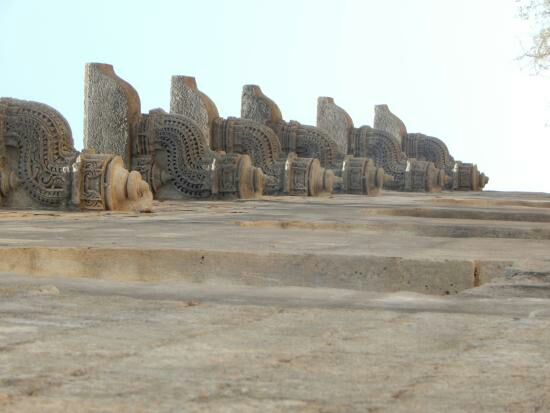Sunday, 3 September 2017
Saturday, 8 April 2017
Sunday, 5 March 2017
Monday, 27 February 2017
Polo Forest
Sunday, 26 February 2017
Somnath Temple Toral parmar
The Somnath temple located in Prabhas Patan near Veraval in Saurashtra on the western coast of Gujarat,India, is believed to be the first among the twelve jyotirlinga shrines of Shiva. It is an important pilgrimage and tourist spot of Gujarat. Destroyed and reconstructed several times in the past, the present temple was reconstructed in Chalukya style of Hindu temple architecture and completed in May 1951. The reconstruction was envisioned by Vallabhbhai Patel and was completed underK. M. Munshi, the then head of the temple trust.
Friday, 24 February 2017
Junagadh
Mahabat (not Mohabbat) Maqbara Palace, also Mausoleum of Bahaduddinbhai Hasainbhai, is amausoleumin Junagadh, India, that was once home to the Nawabs of Junagadh.
Uparkot Fort (Junagadh )
An impressive fort, Uparkot, located on a plateau in the middle of town, was originally built during the Mauryan dynasty by Chandraguptain 319 BCE The fort remained in use until the 6th century, when it was abandoned for some 300 years, then rediscovered in 976 CE. The fort was besieged 16 times over an 800-year period. One unsuccessful siege lasted twelve years.






















